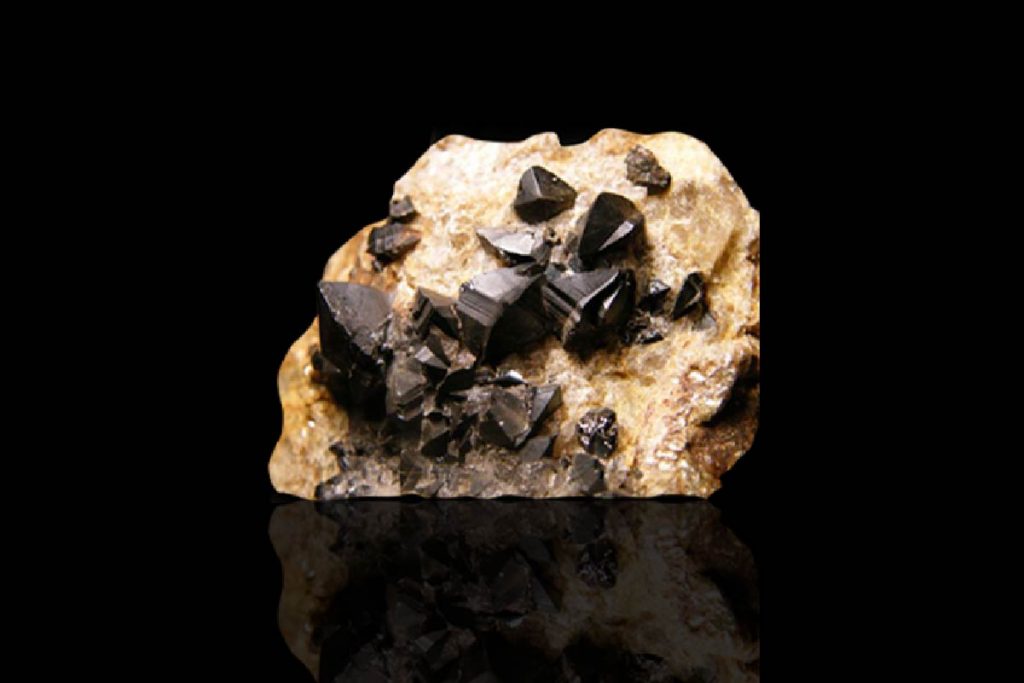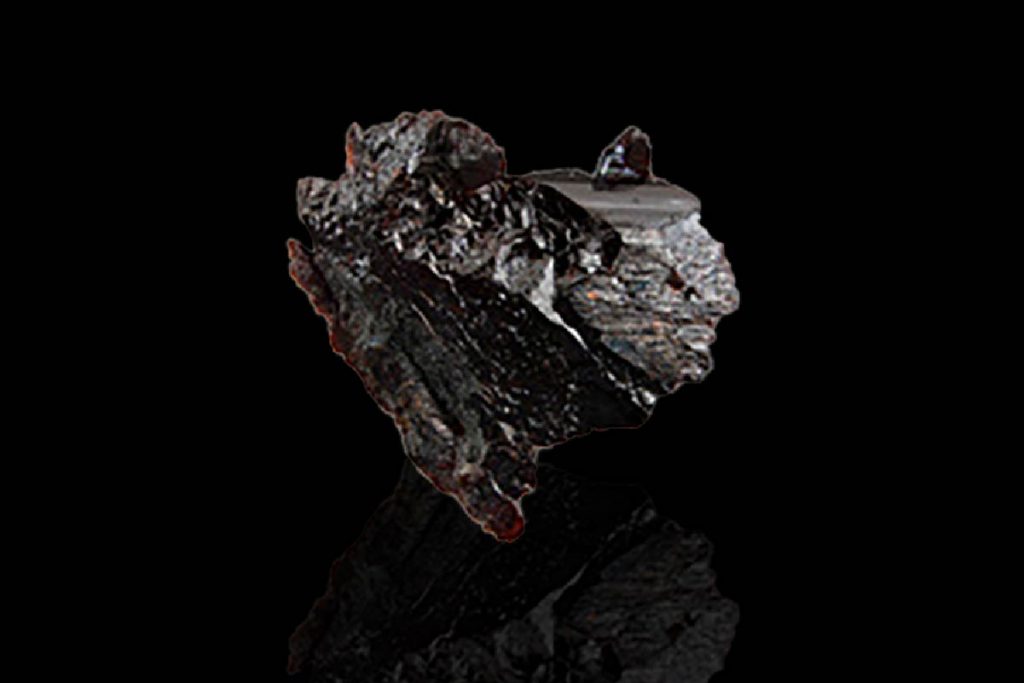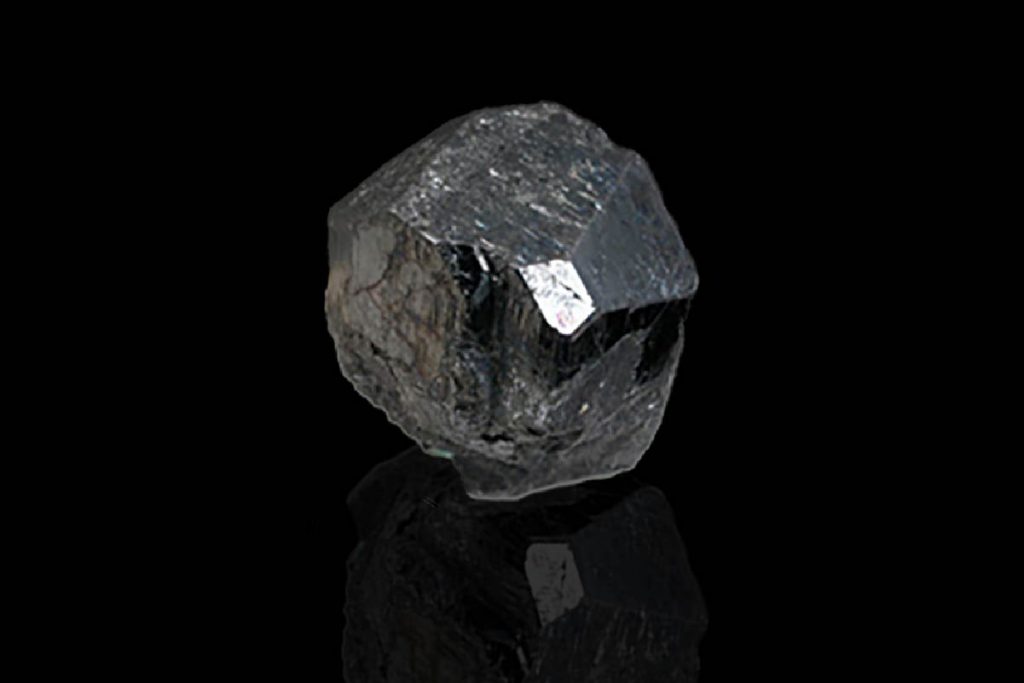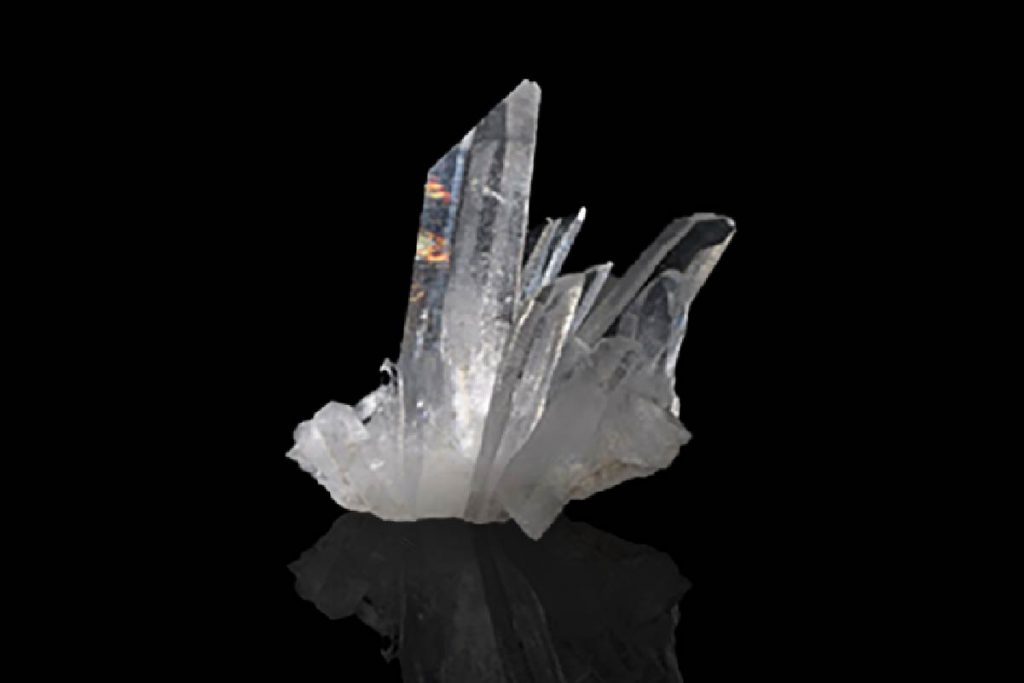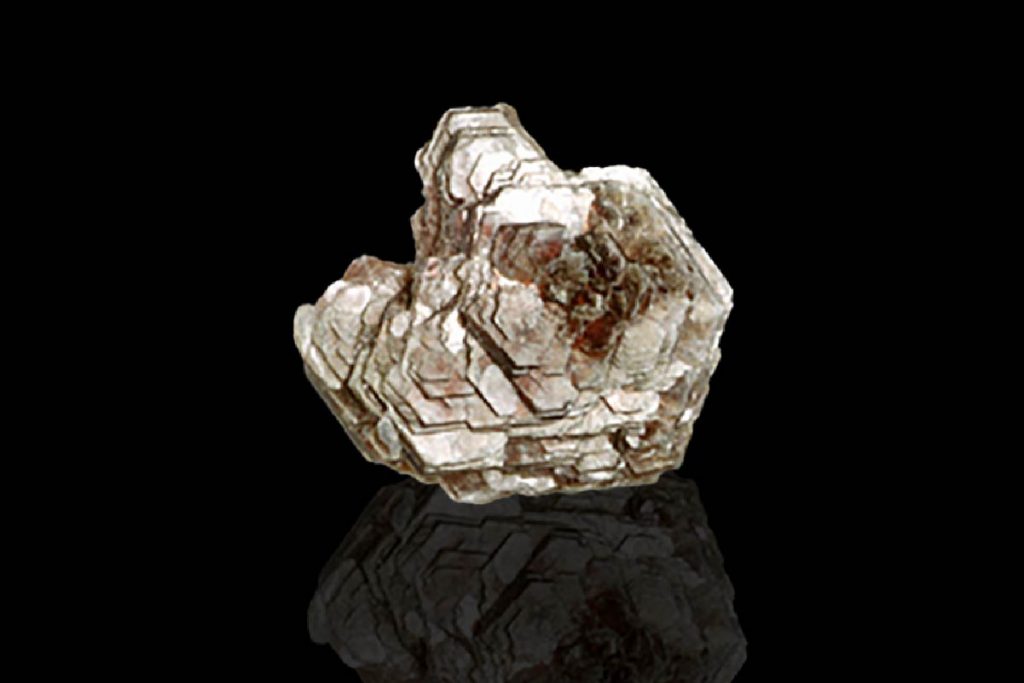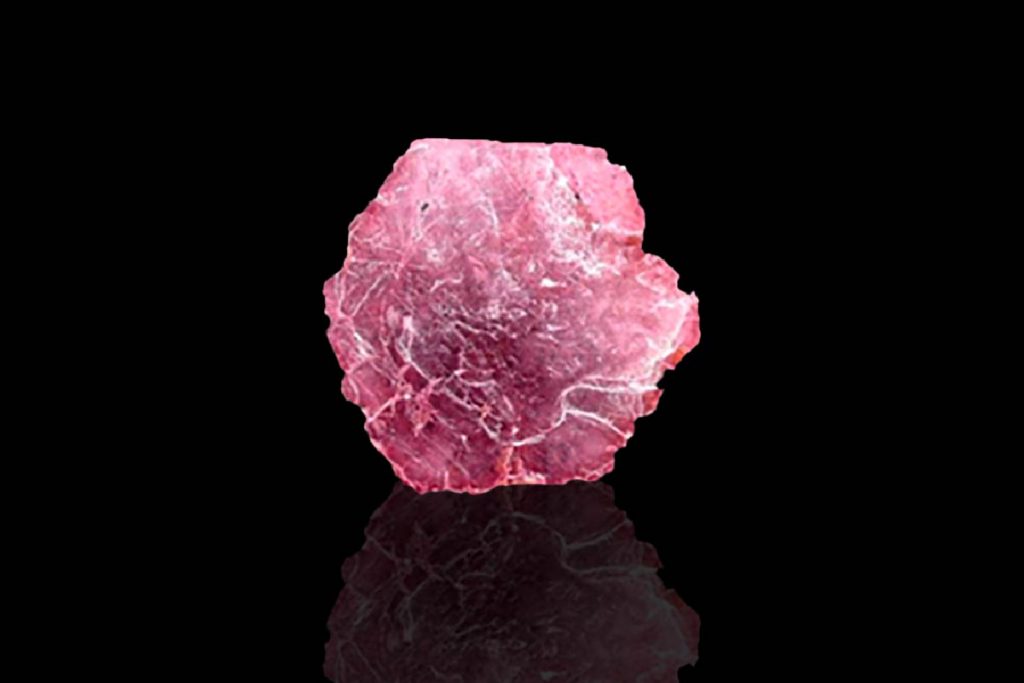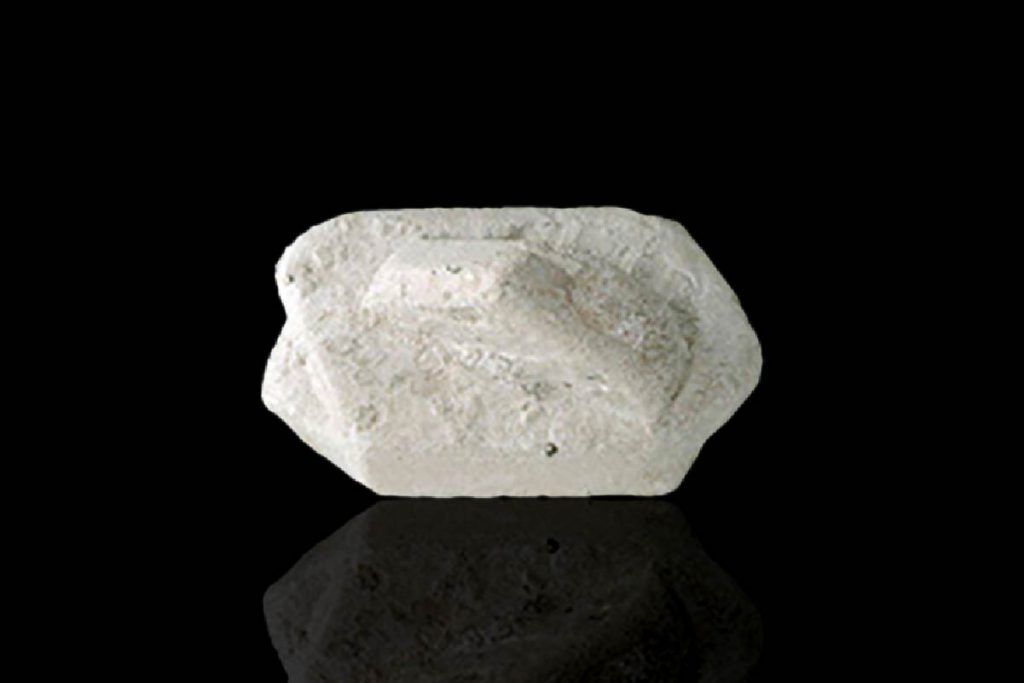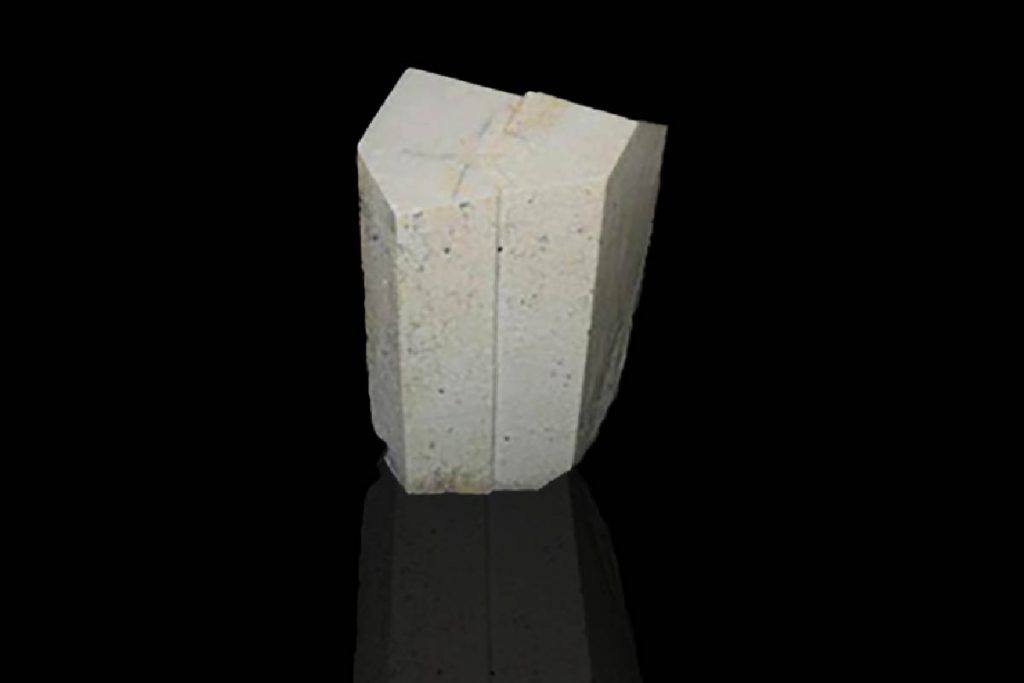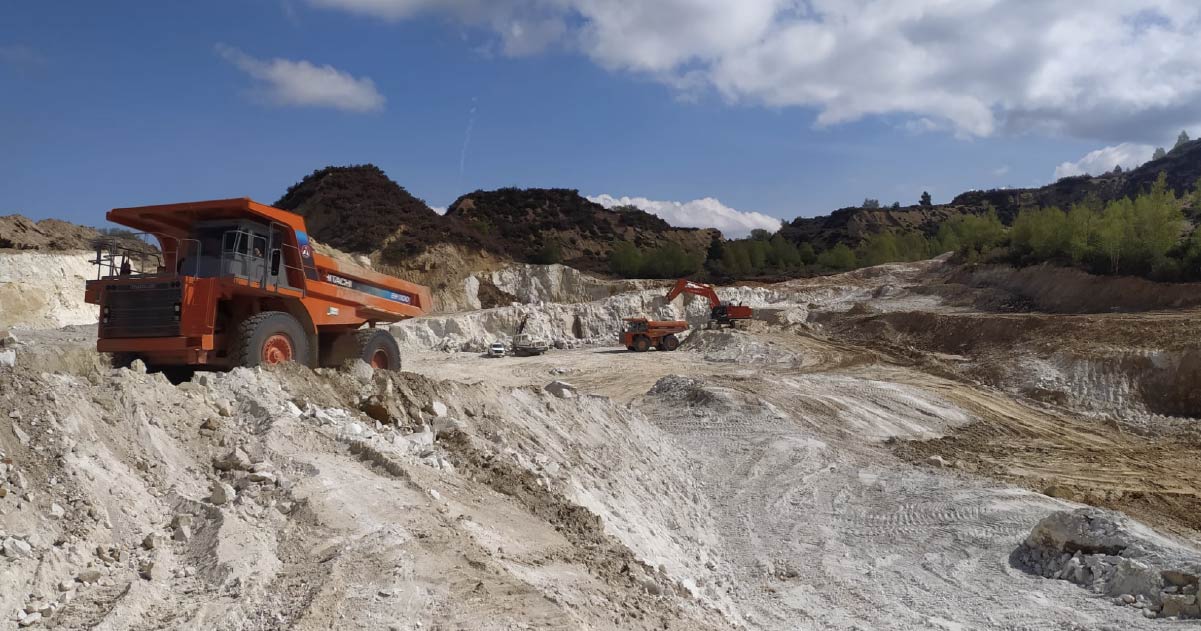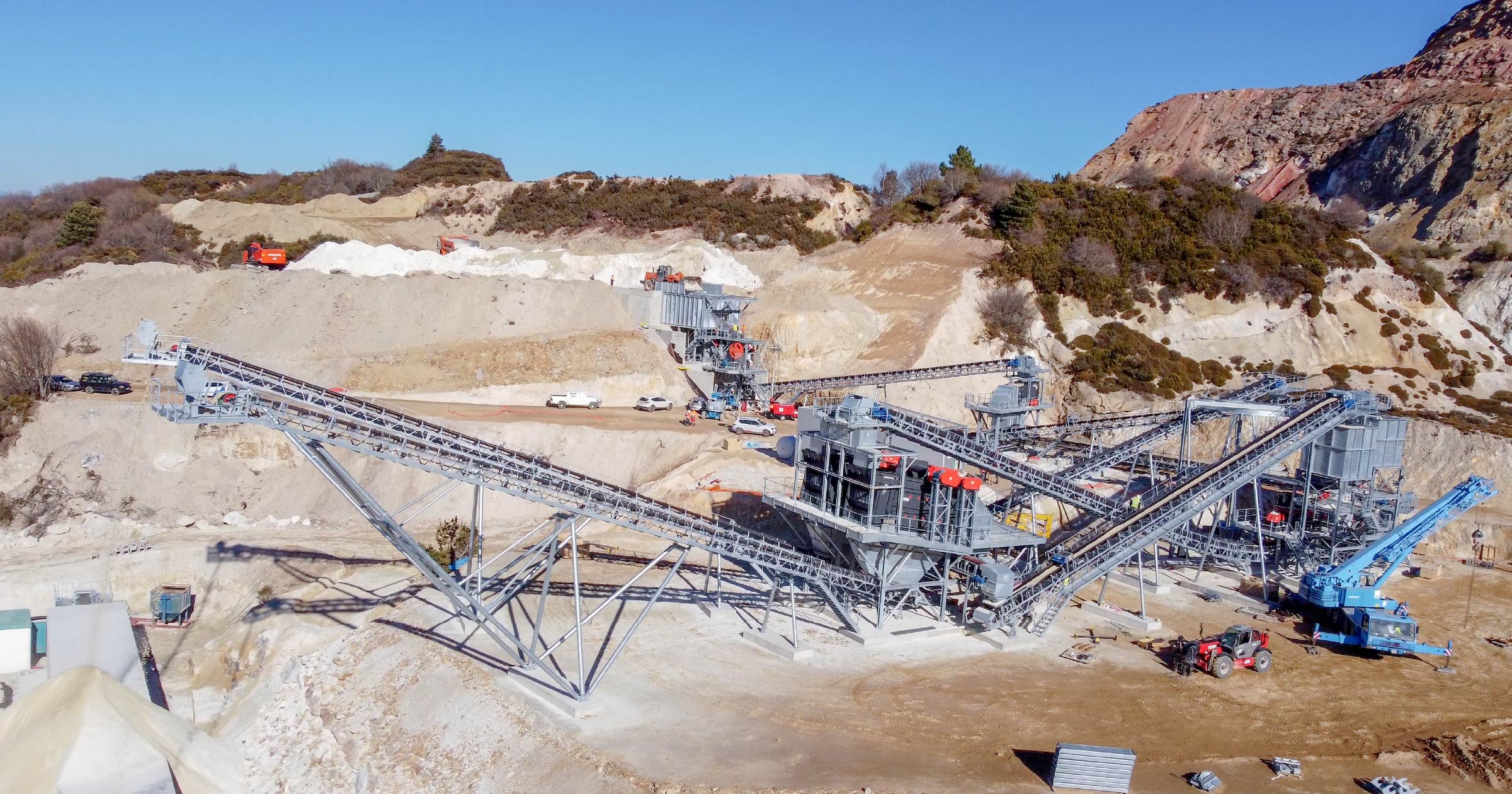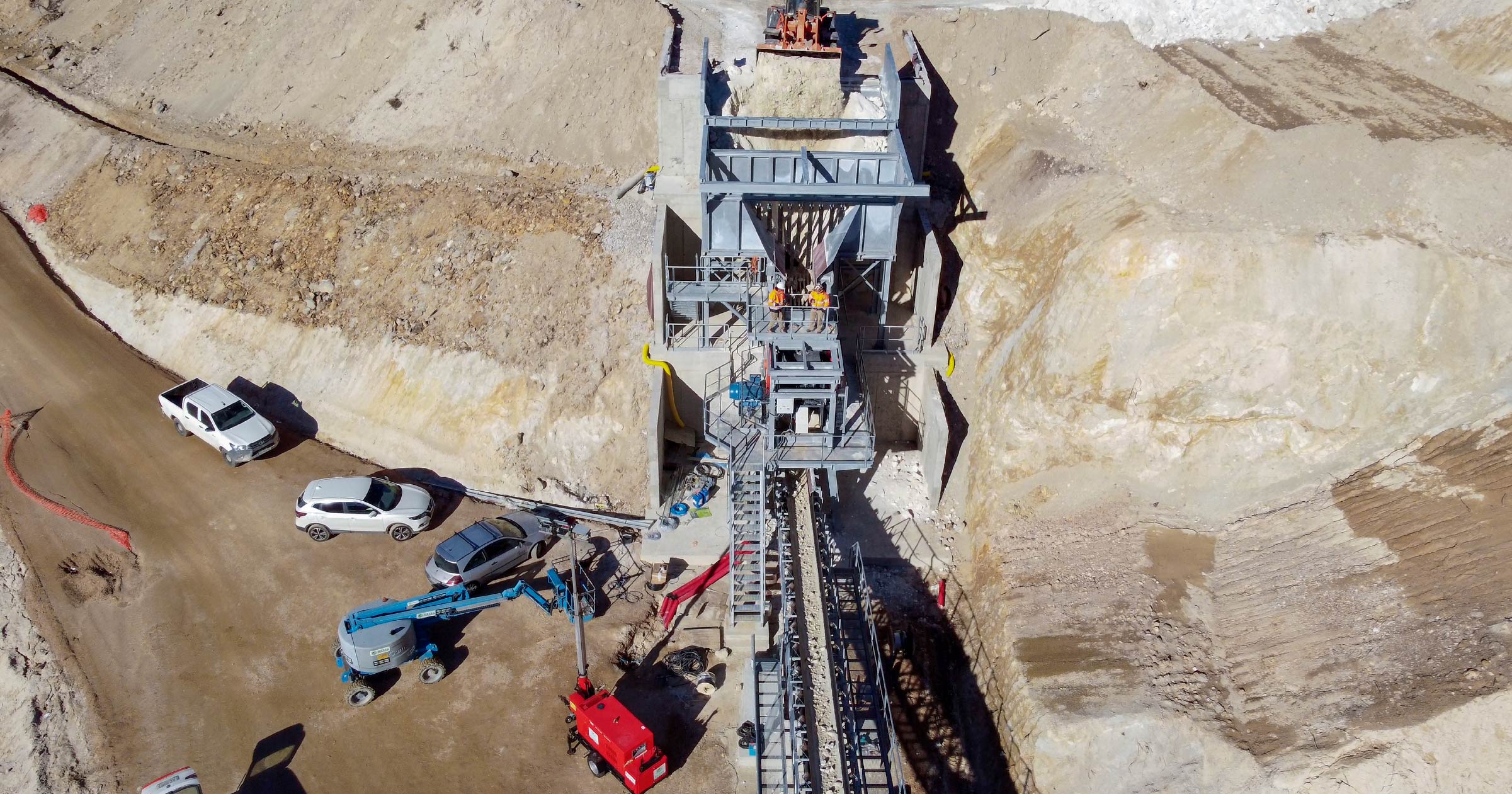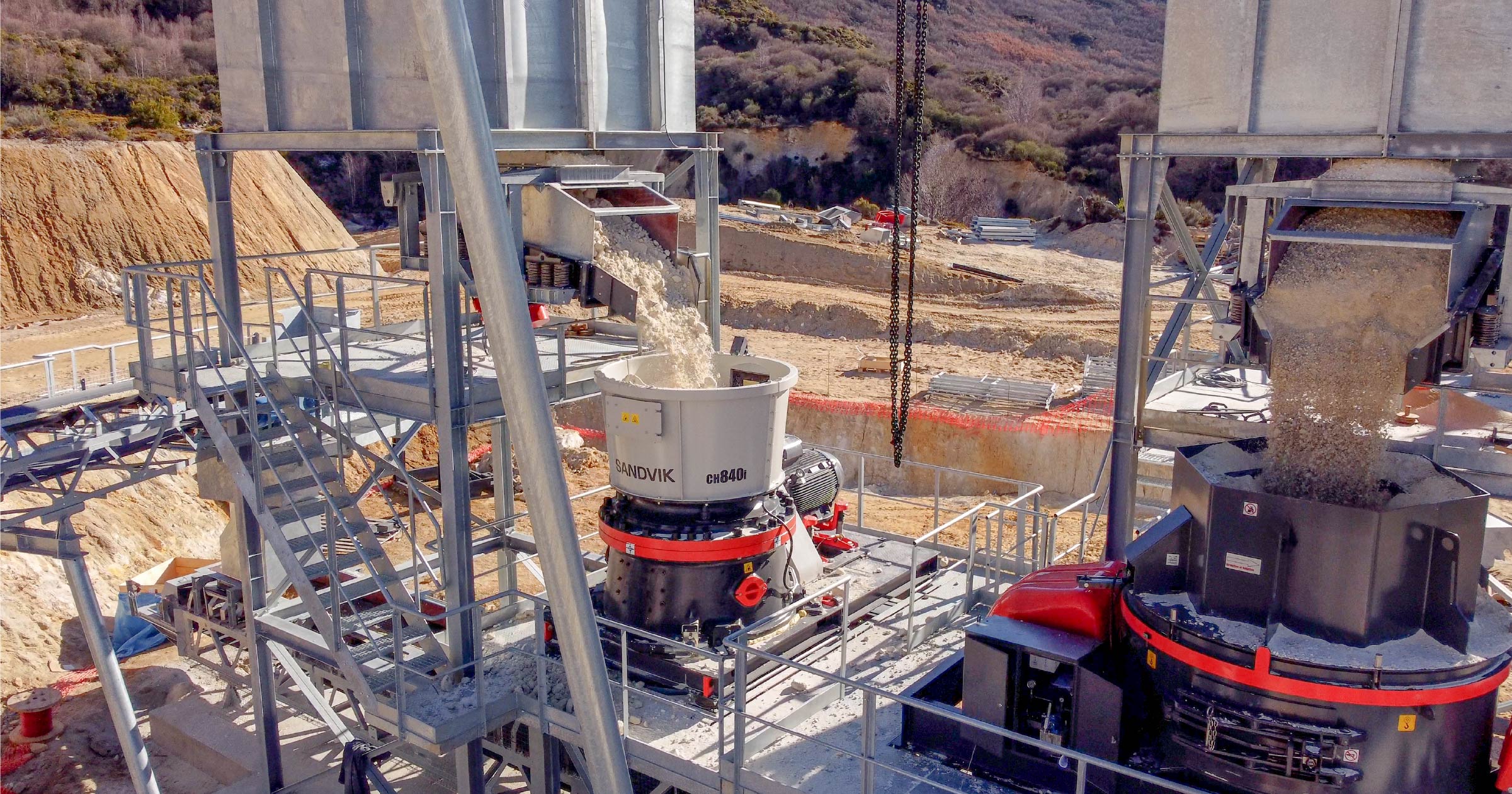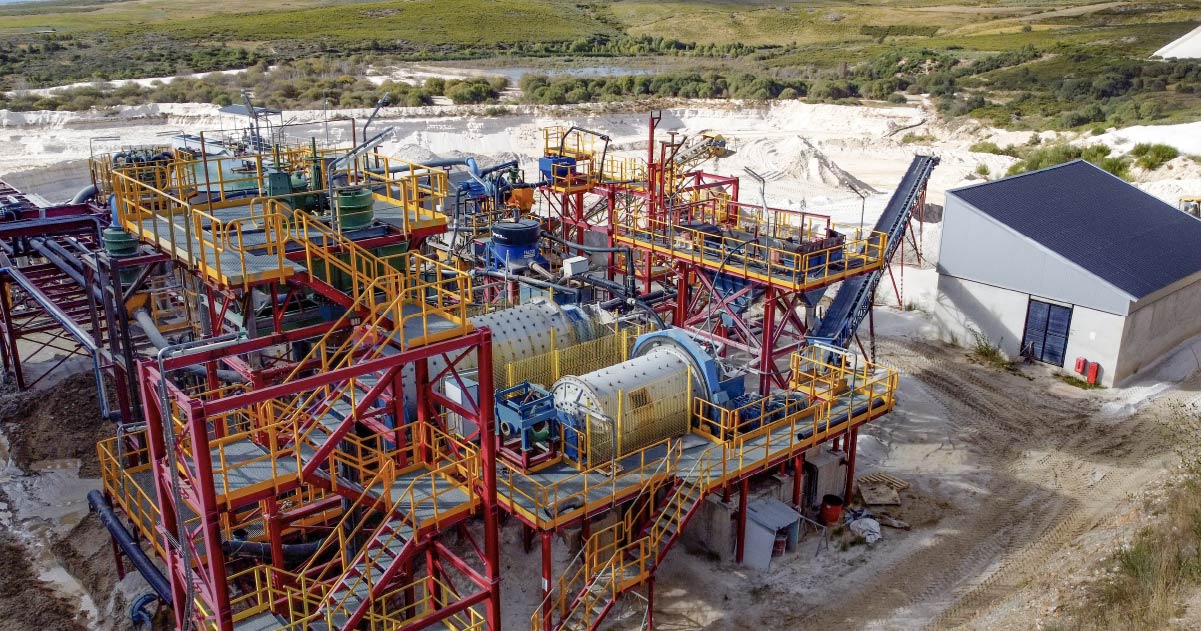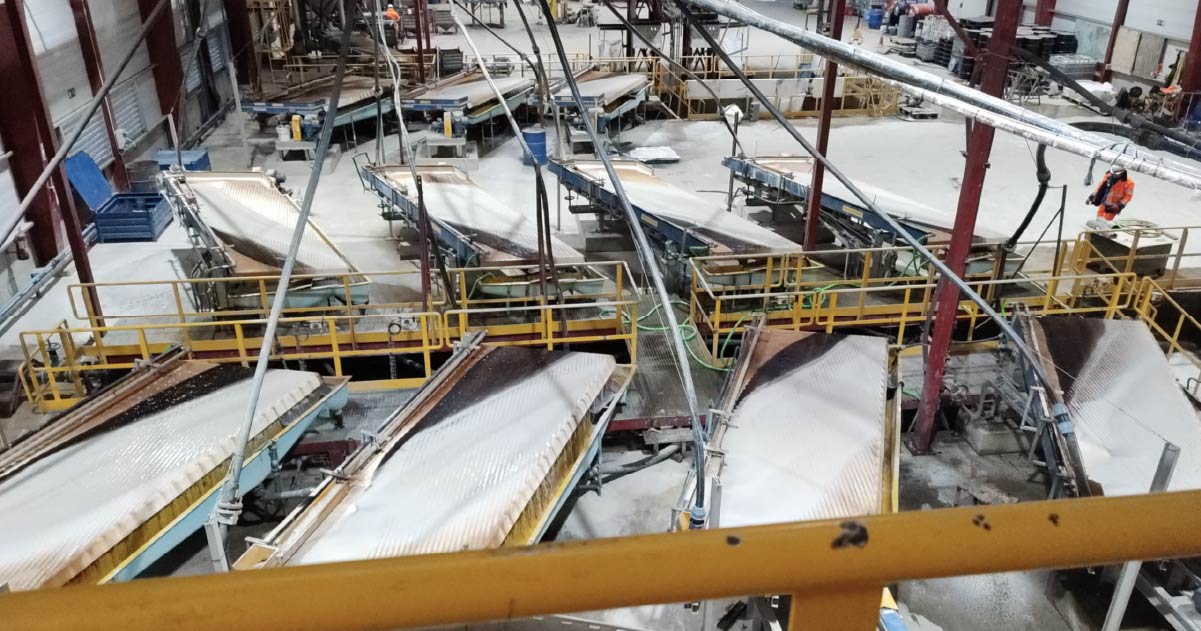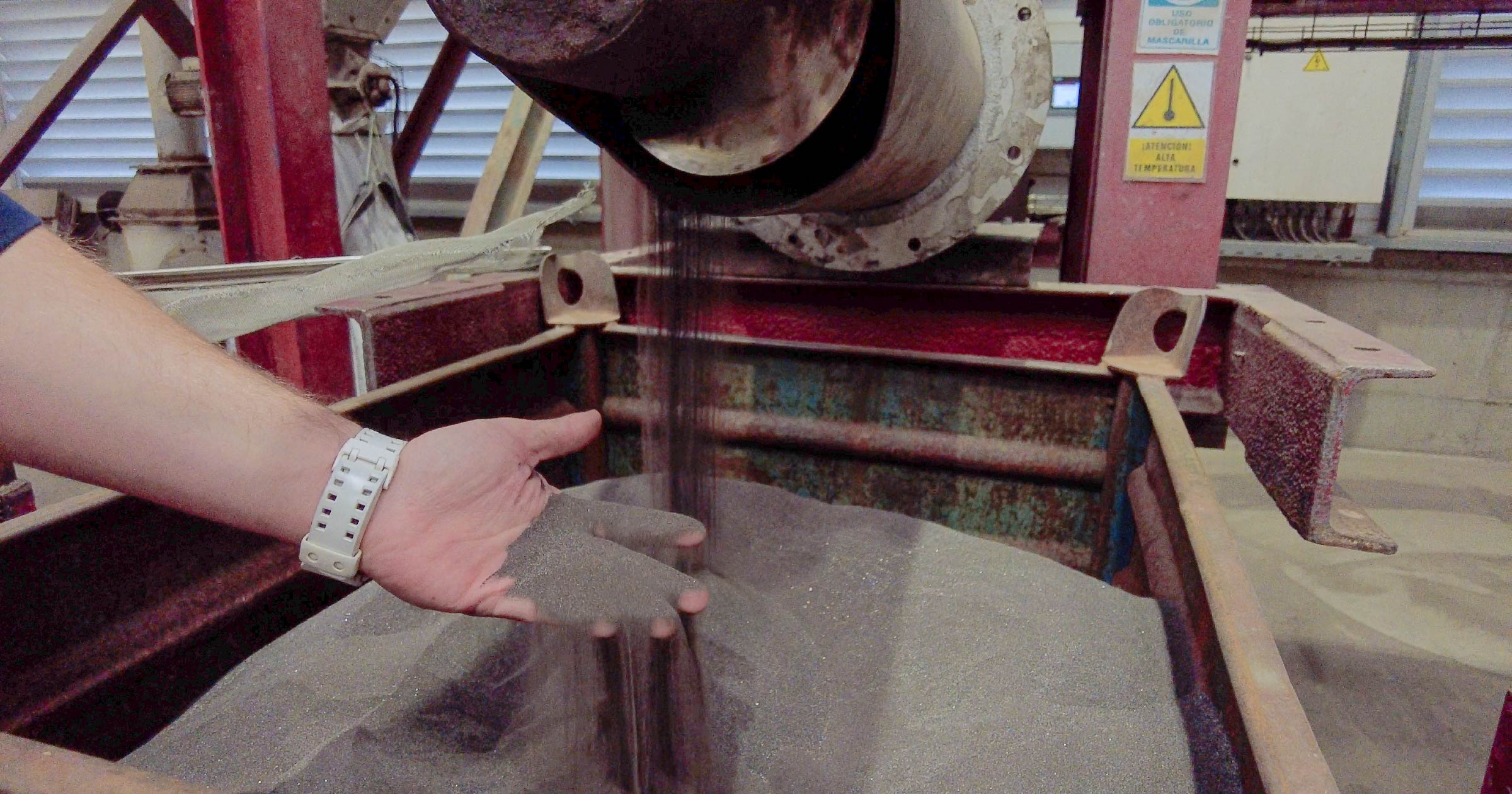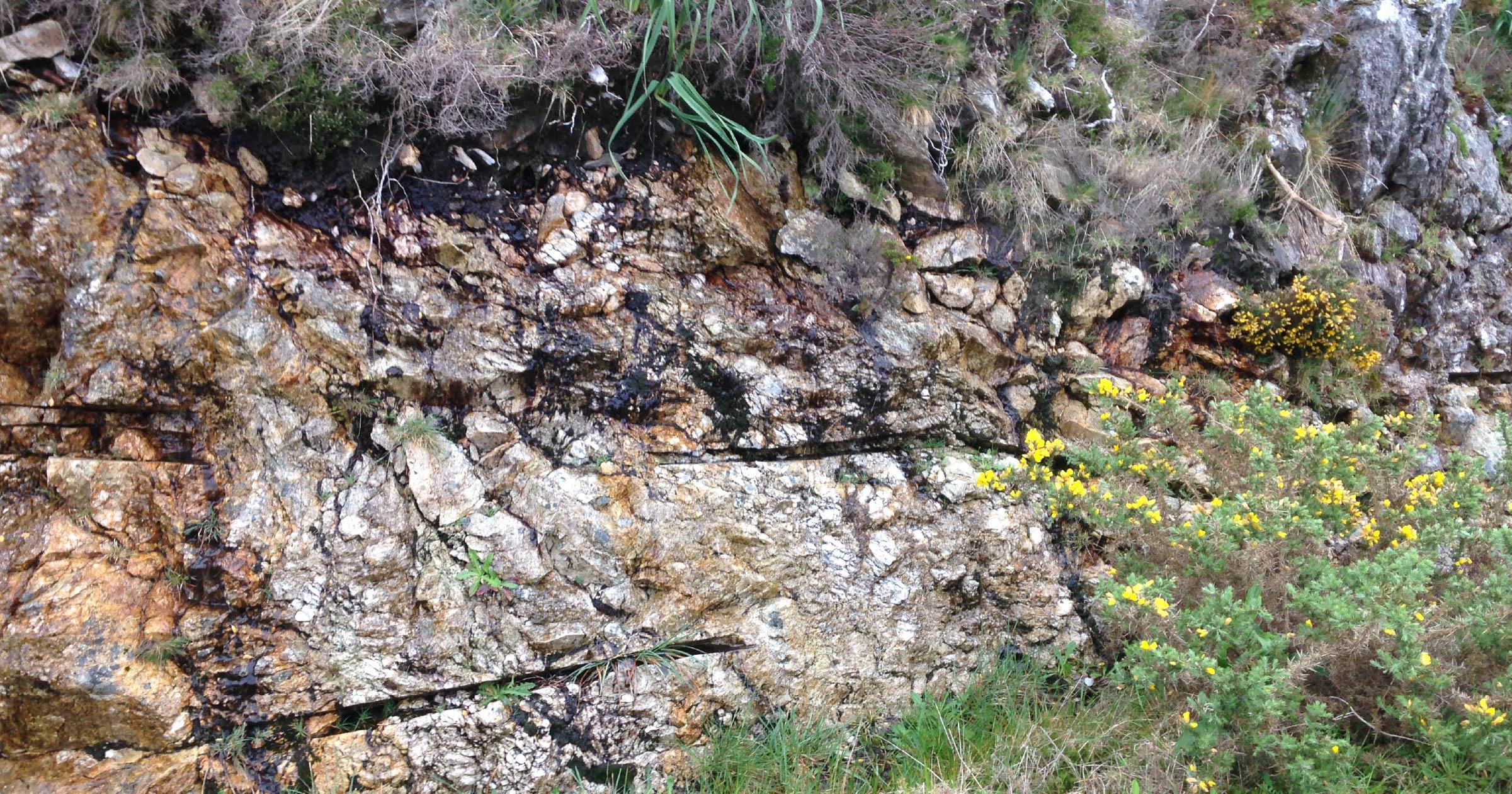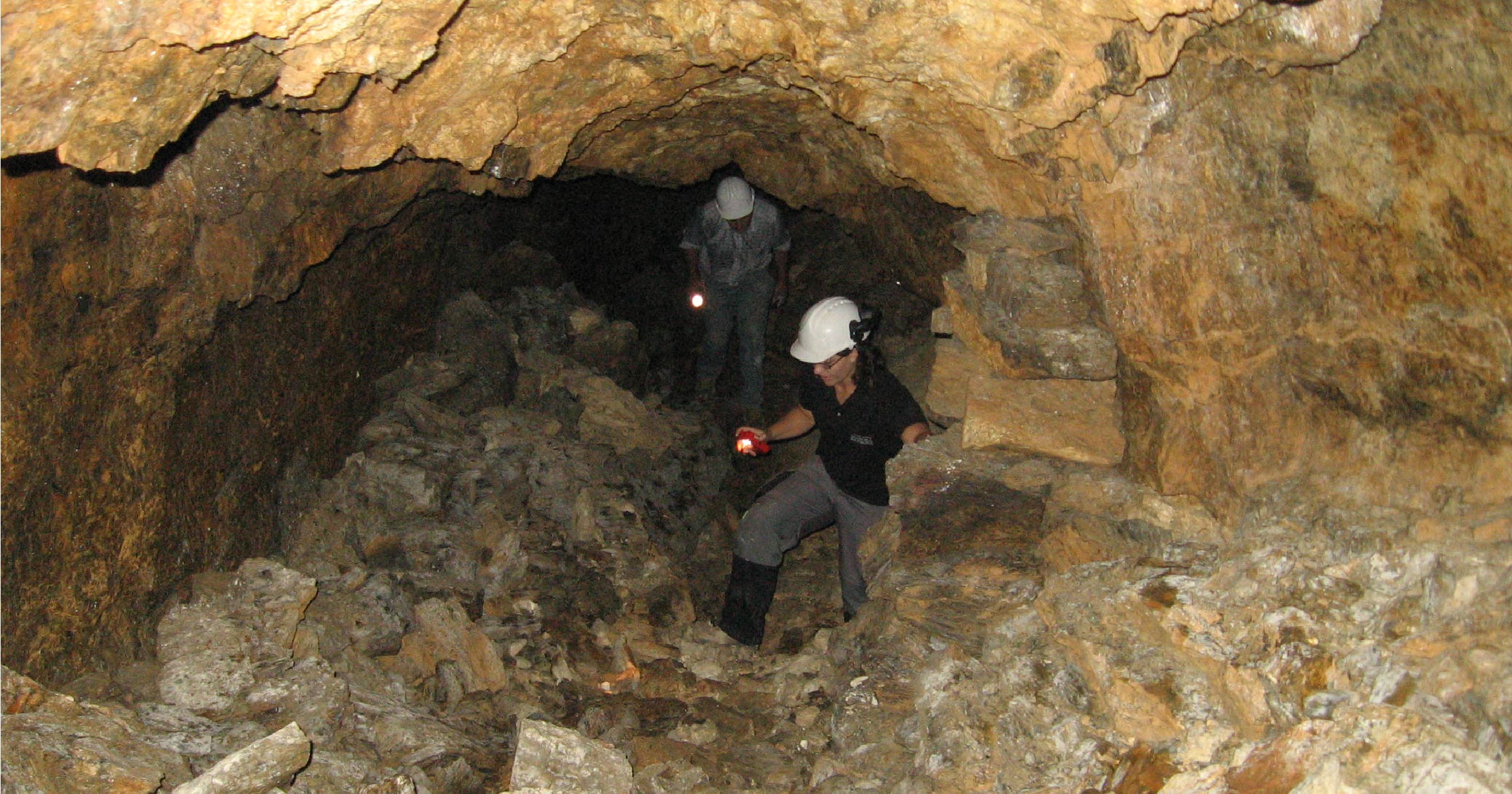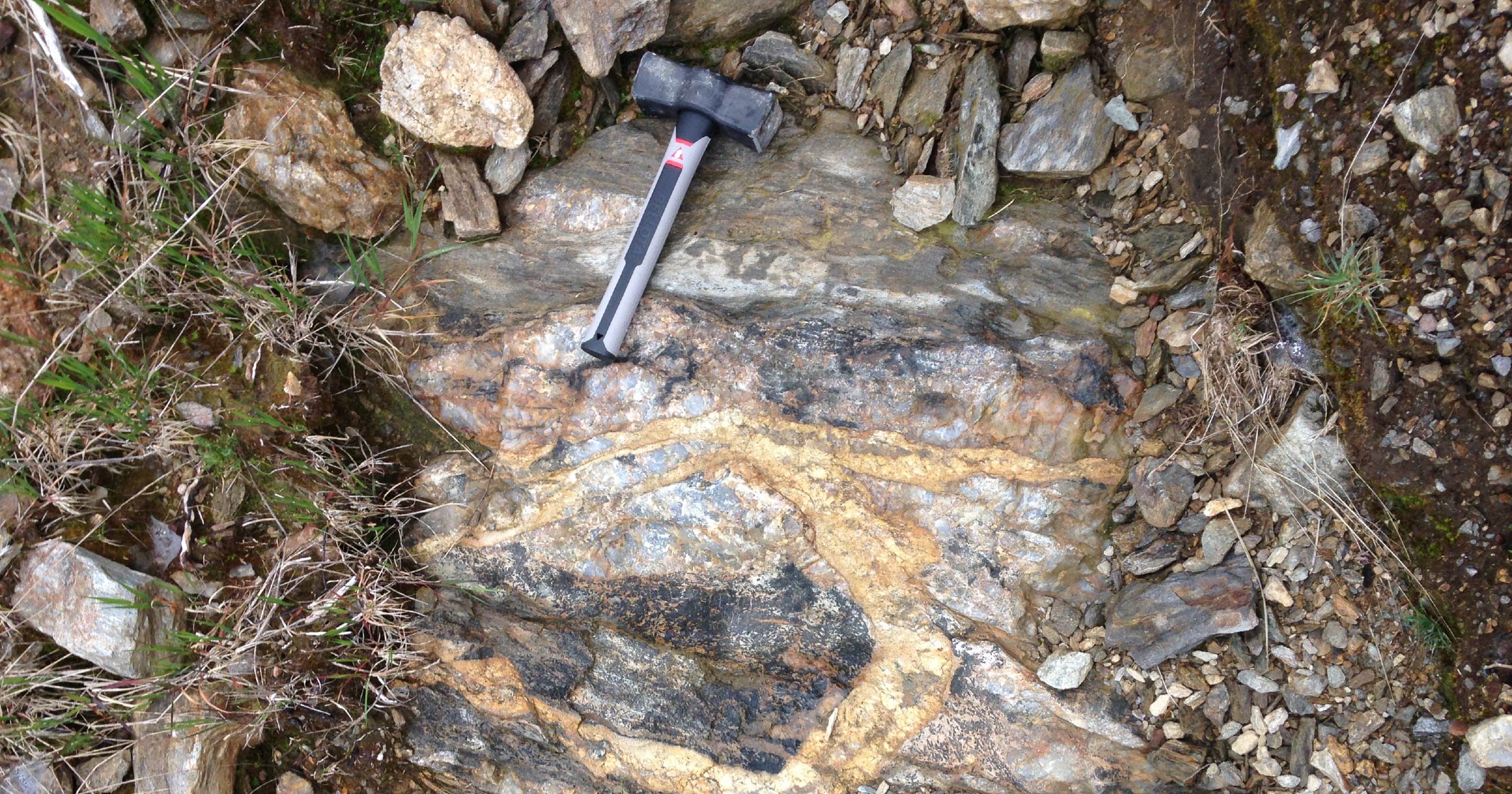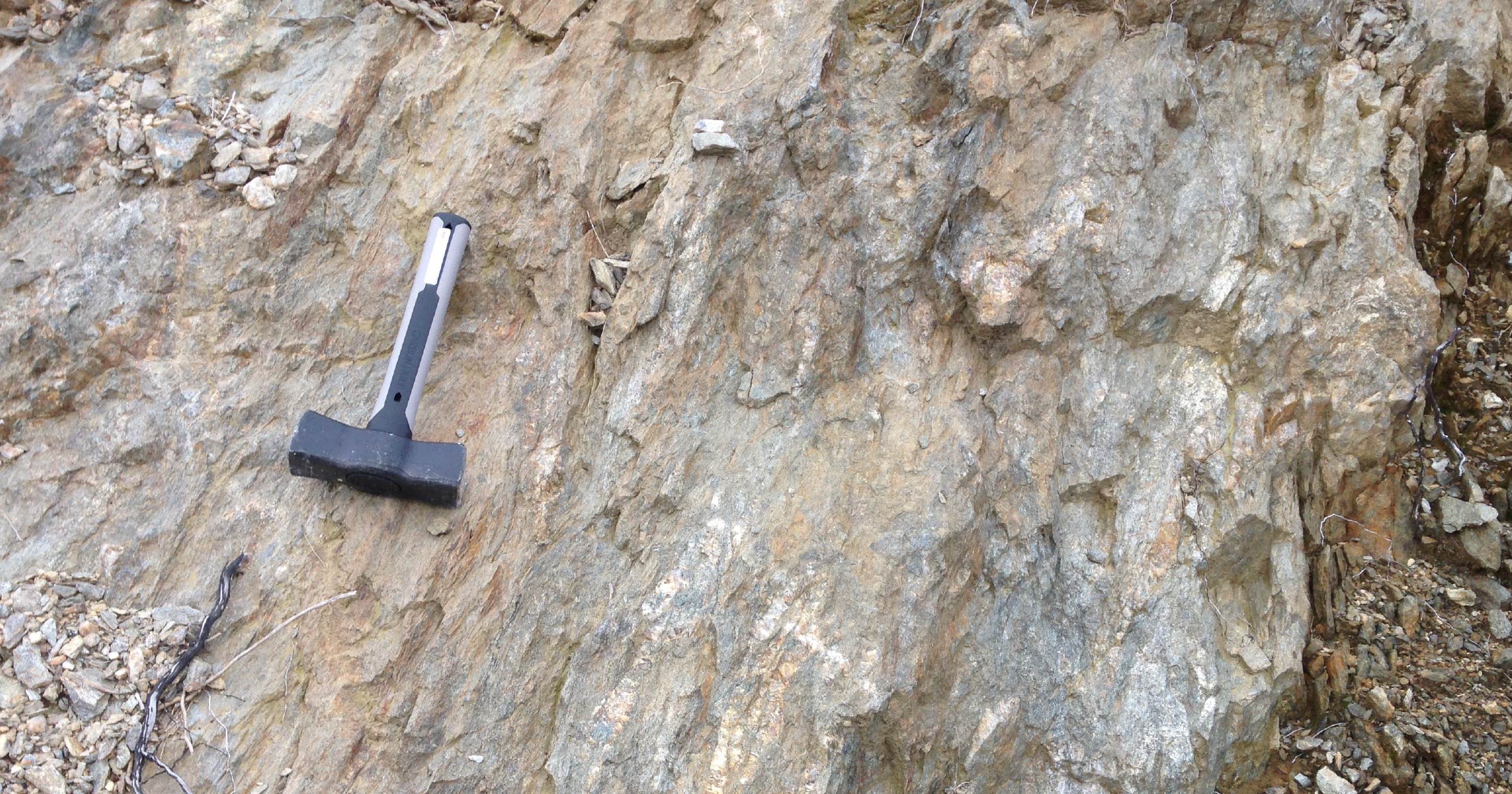This website uses cookies so that we can provide you with the best user experience possible. Cookie information is stored in your browser and performs functions such as recognising you when you return to our website and helping our team to understand which sections of the website you find most interesting and useful.

What we do
Strategic Minerals for new economies
Strategic Minerals Europe produces various mineral concentrates, currently tin, tantalum and niobium. These products are essential for everyday use: in the technology industry (microprocessors, computers, mobile phones, satellite manufacturing), in the health industry (medical equipment or implants) or even industrial products for the glass industry, superalloys with a lower CO2 footprint and the manufacture of refractory paints.
In the future, the company will seek to produce other metallic minerals such as lithium and industrial minerals such as quartz, feldspar, mica and kaolin will also be extracted.
These are high quality very scarce products, of great economic importance, all of which are mined in conflict-free areas.
We are the largest producer of tin and tantalum in the European Union
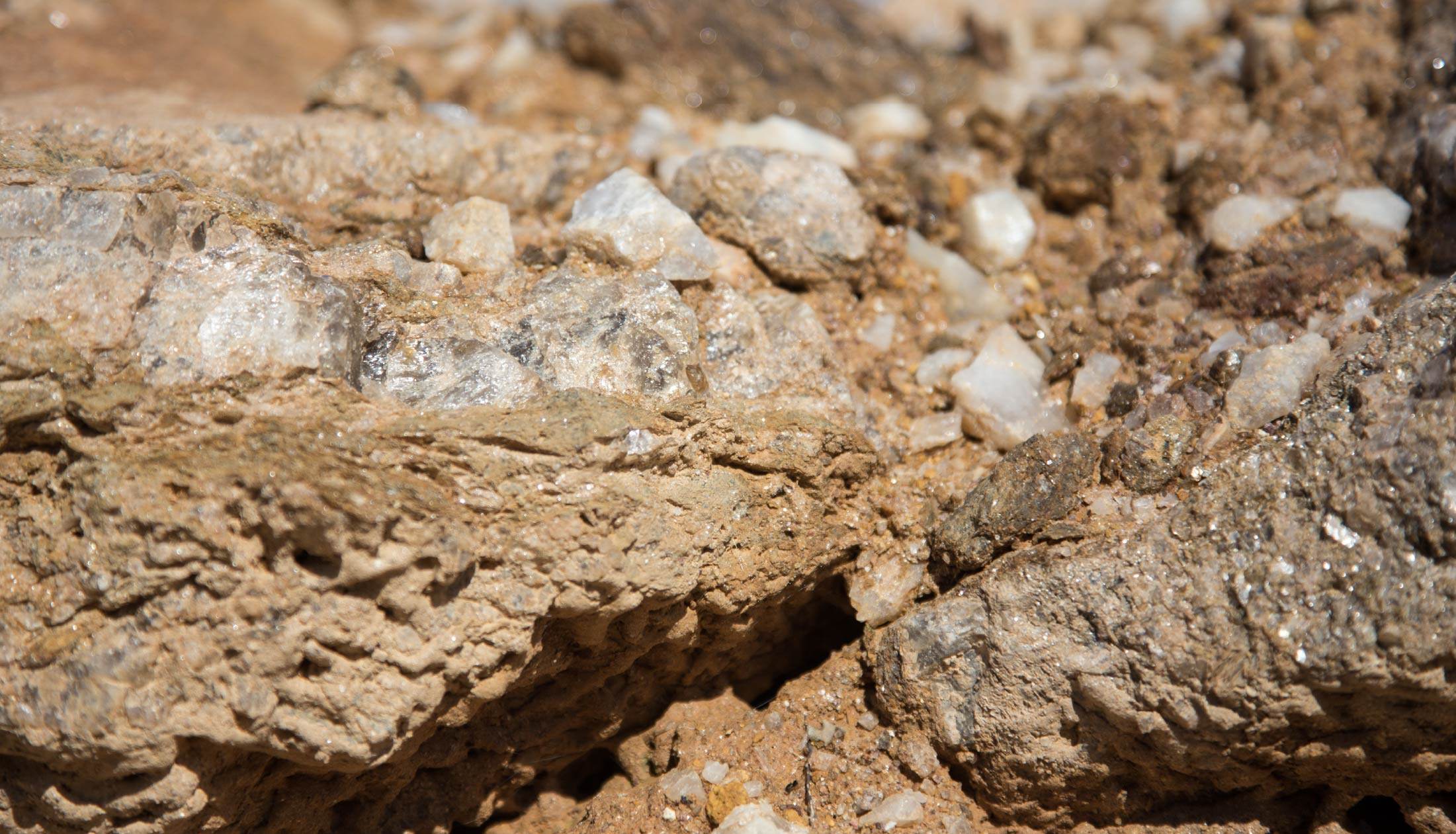
What we do
Our products
What we do
Products under development
The principles of the circular economy that govern the Penouta Mine project allow Strategic Minerals Europe to promote continuous development to maximise the use of the resources extracted, optimising the extraction process and minimising the effects derived from its activity.
What we do
Penouta Mine
Only tantalum and niobium mine in production in Europe
Ctra. OU-0901 Km 14, Mina de Penouta,
Viana do Bolo 32558 (OURENSE), ESPAÑA
+34 988 343 596
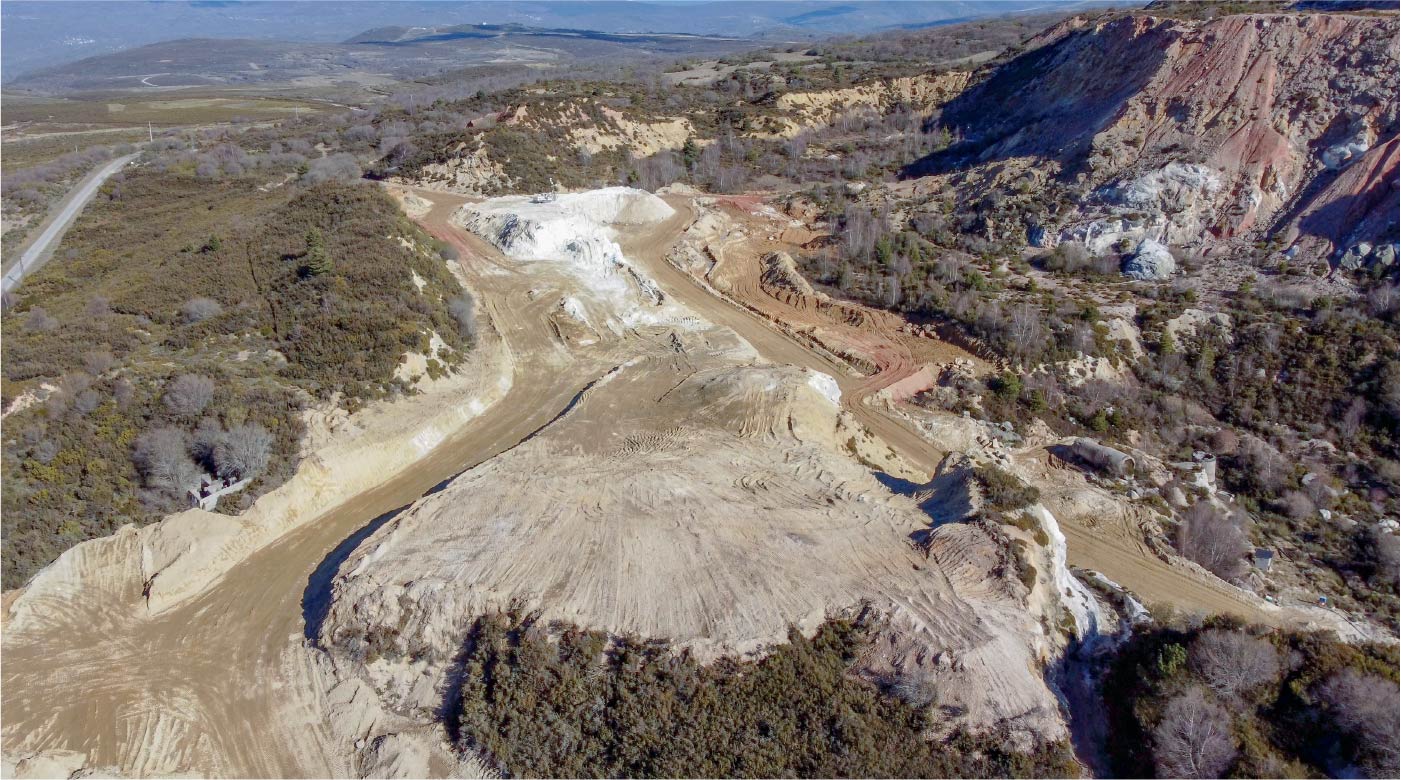
A benchmark in the recovery of raw materials
The Penouta Sn, Ta and Nb mine is located in the municipality of Viana do Bolo, on the central-eastern edge of the province of Ourense, and is currently the only tantalum and niobium mine in production in Europe.
Strategic Minerals Spain is currently operating the project of this mining site from which it extracts tin, tantalum and niobium, the latter two elements are used to make columbite-tantalite and other mineral aggregations, with tantalum and niobium being considered strategic elements and tin considered a necessary mineral for the energy transition by the European Union due to its scarcity and its important properties for the manufacture of technological components.
The Penouta Mine project:
The Company will continue to exploit the mineral resources that were certified by SRK in NI 43-101 for 30 years, renewable for up to 7. Allowing the Company to fully develop the open pit mine to exploit cassiterite (tin), tantalum and niobium, and also allowing the exploitation of the industrial minerals that exist in the mine, such as quartz, feldspars and micas.
Penouta Mine initially began with the use of the tailings from the old exploitation within the framework of circular economy and environmental sustainability. The company will maintain its commitment to the circular economy by revaluing the future tailings produced by the mine.
The Penouta Mine is located in a conflict-free zone, in line with both the company’s policy in the mineral extraction process and with European and international policies in this respect, making it a European mine of strategic importance.
What we do
An historic project
-
1906
09 March, 1906The first declaration registered at the Jefatura de Minas was located, corresponding to the Olga mine, no. 1229, with 64 holdings.
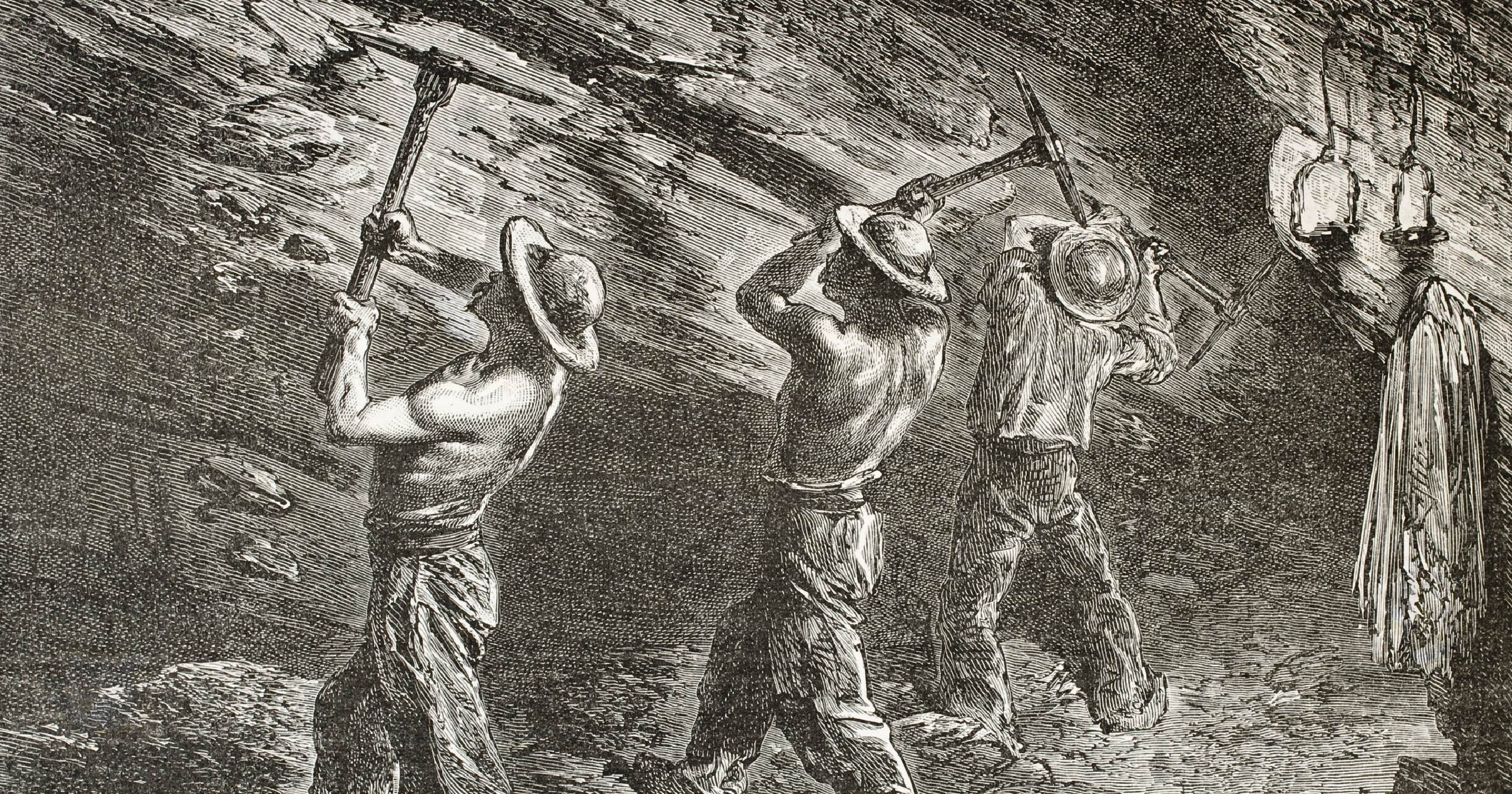
-
1965
22 February, 1965Work began to deepen the excavation, as it was found that the rock underneath the overburden was mineralised.
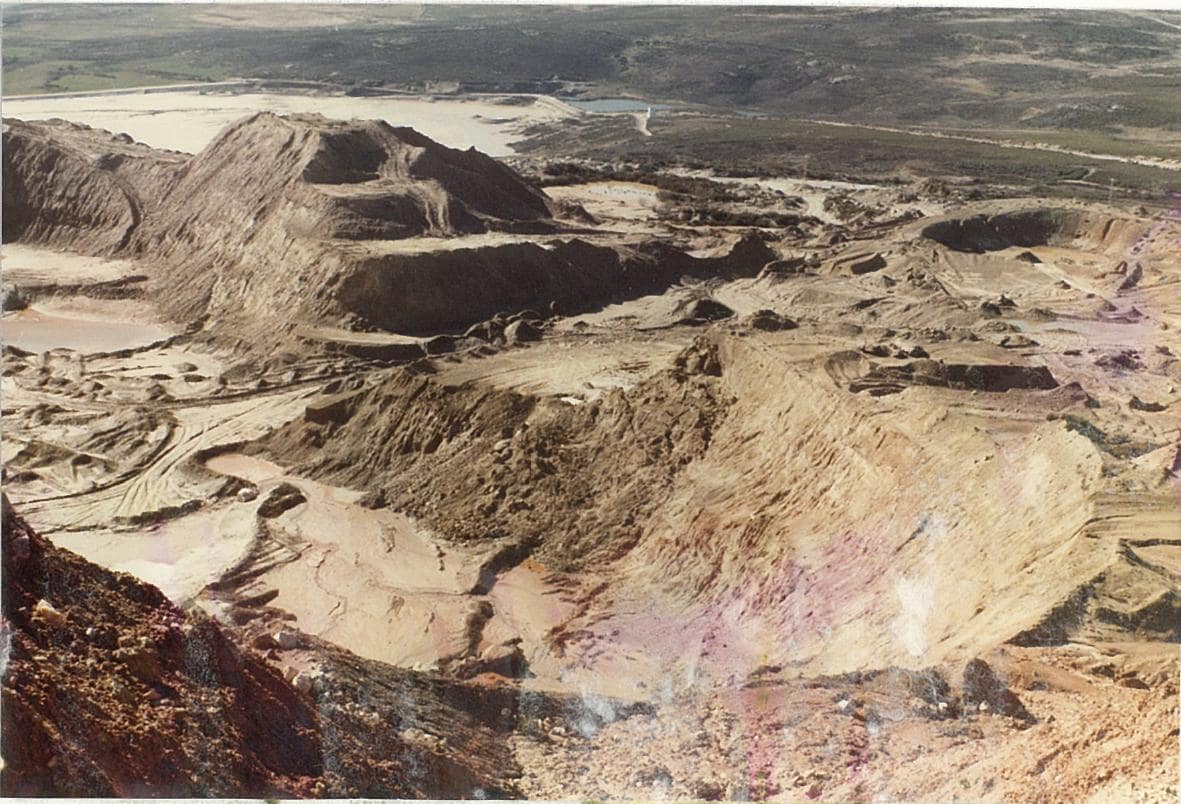
-
1968
20 January, 1968The "Project to measure and evaluate tin reserves in an area of the Penouta mining group (Ourense)" was carried out by the Spanish Geological and Mining Institute.
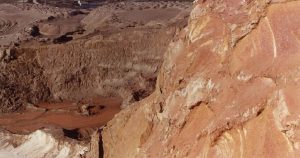
-
1970
11 August, 1970Exploitation of some 700,000 t of kaolinised leucogranite.
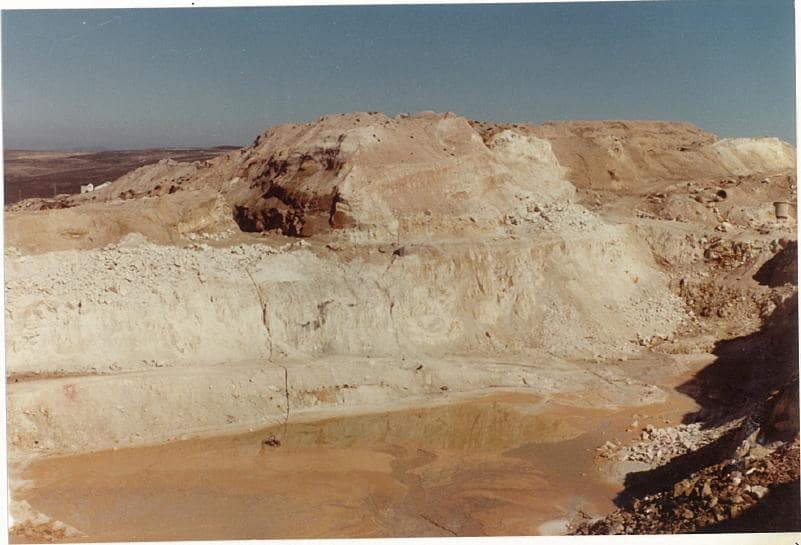
-
1985
04 April, 1985Mine operations ceased.
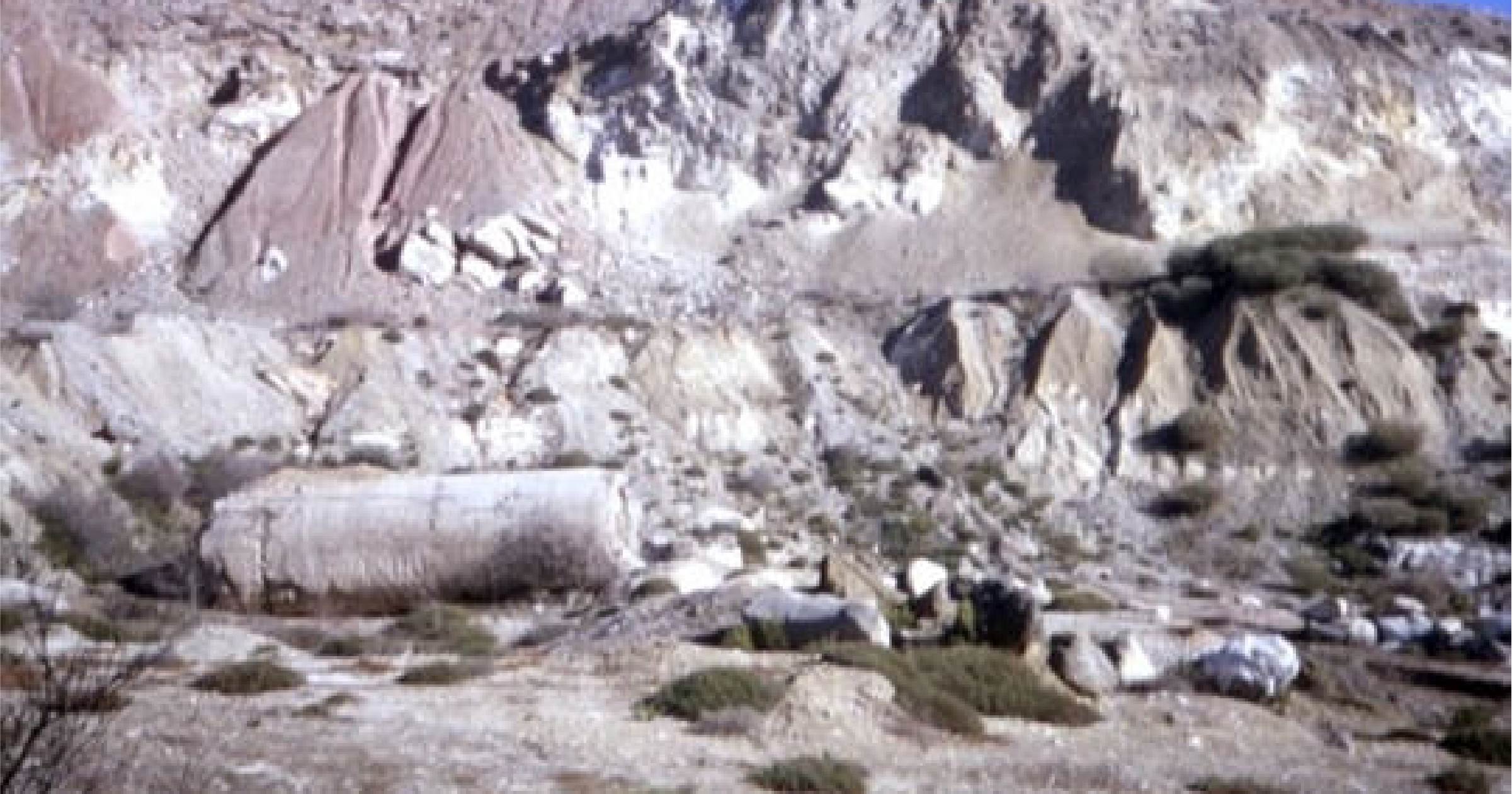
-
2011
02 May, 2011Start of geological research work at the site.
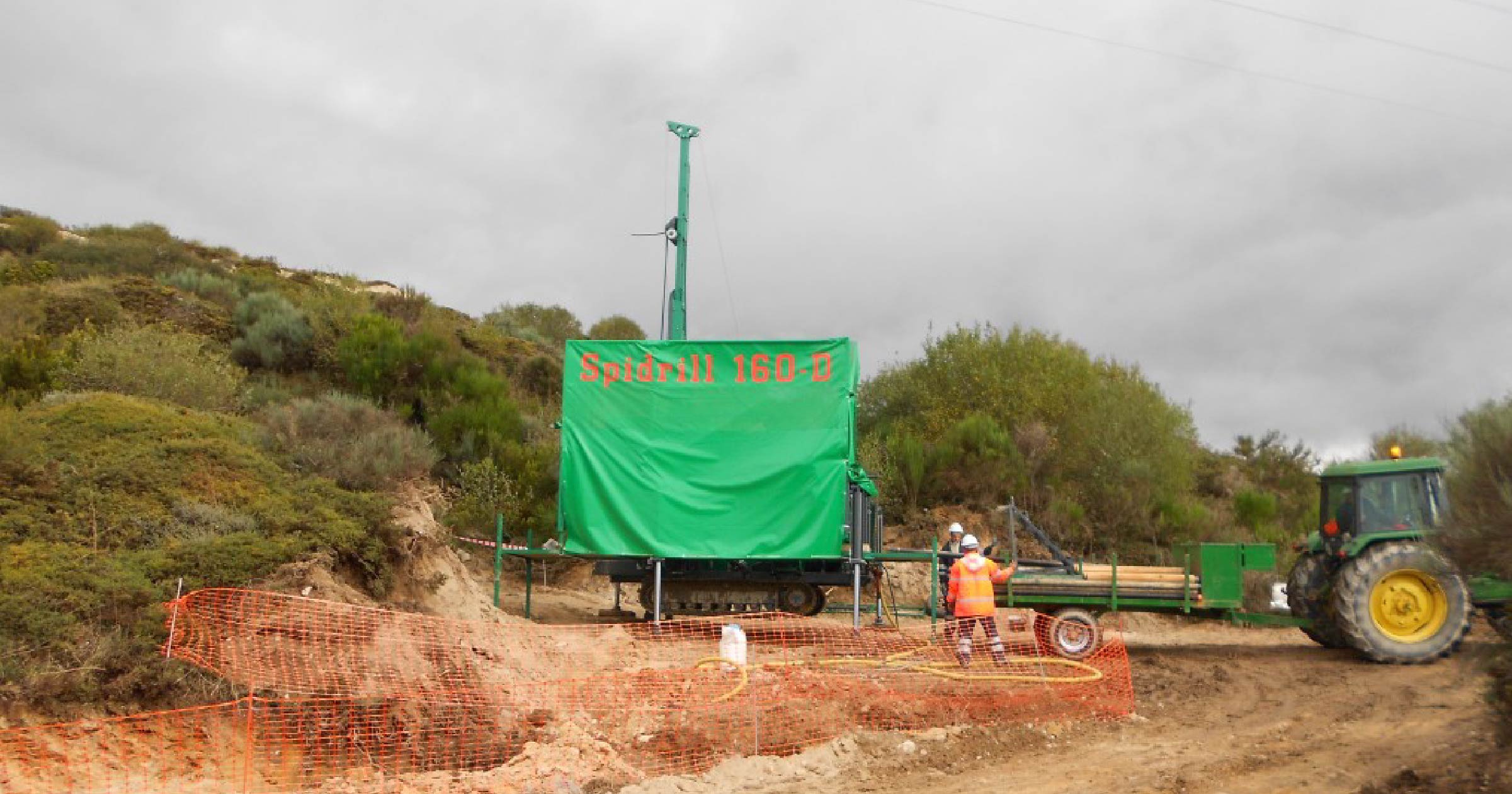
-
2014
05 May, 2014Project feasibility pre-operational and environmental studies carried out.
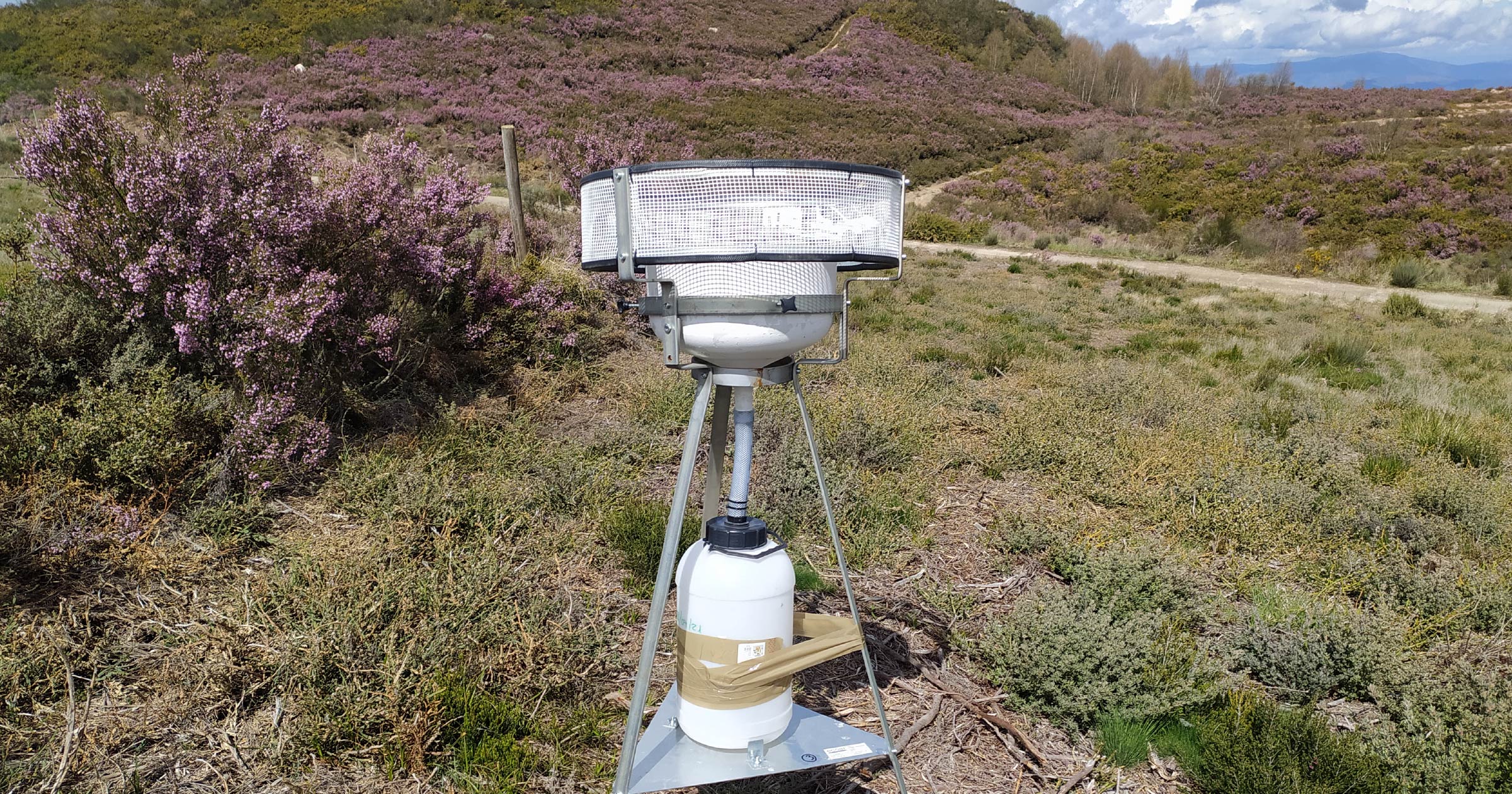
-
2017
04 April, 2017Strategic Minerals Spain starts the operations for exploitation of the mine as a model for modern, responsible and sustainable mining.
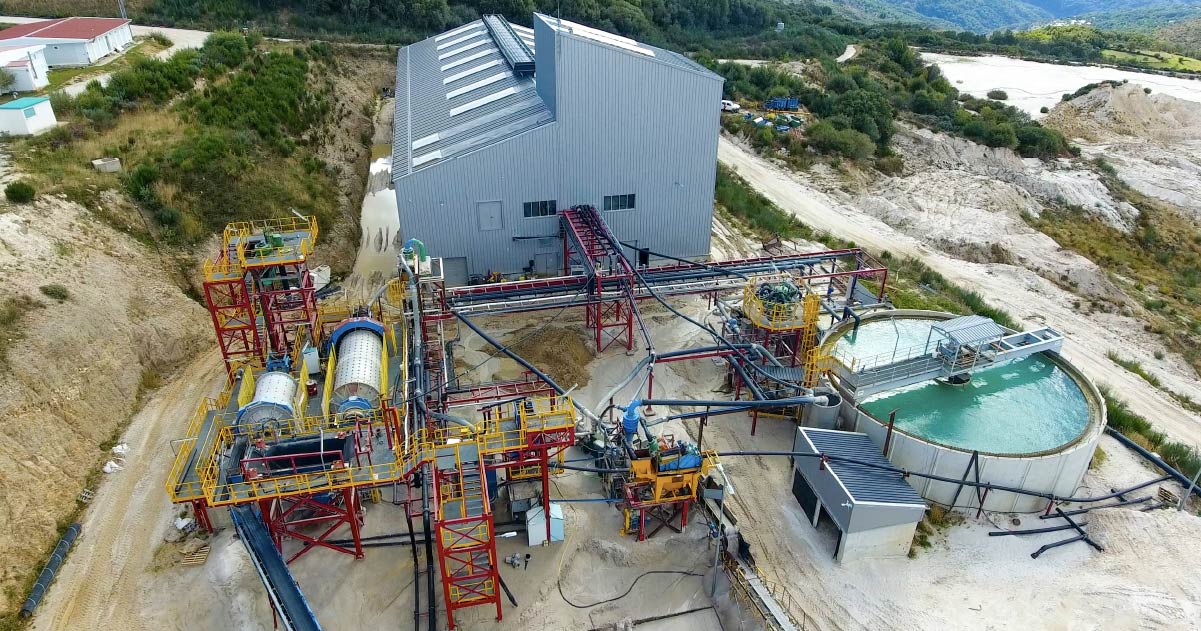
-
2021
14 April, 2021Research phase commences through the authorised pilot front.
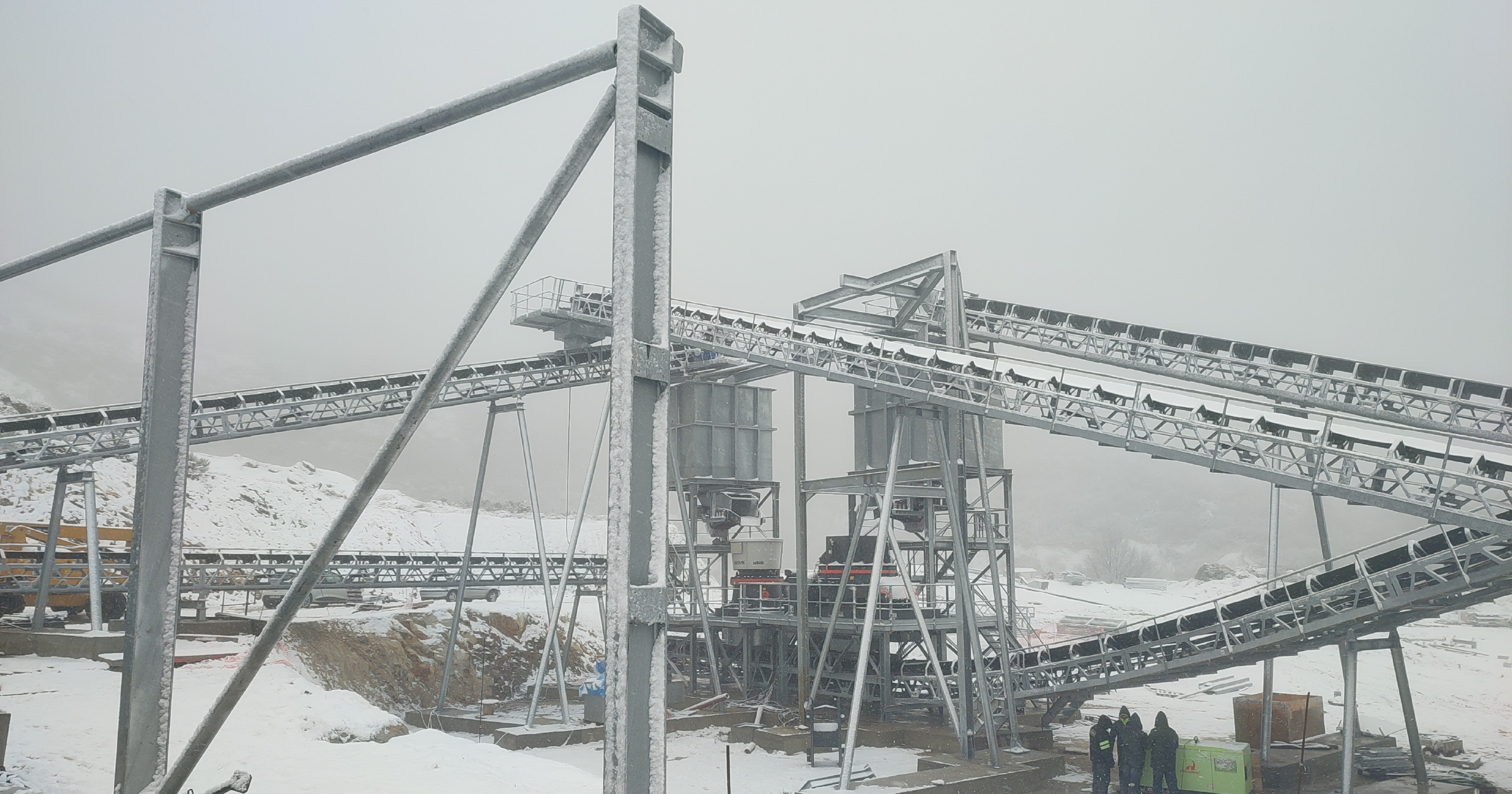
-
2022
01 June, 2022The company has been awarded the open pit concession for 30 years, renewable for up to 75 years.
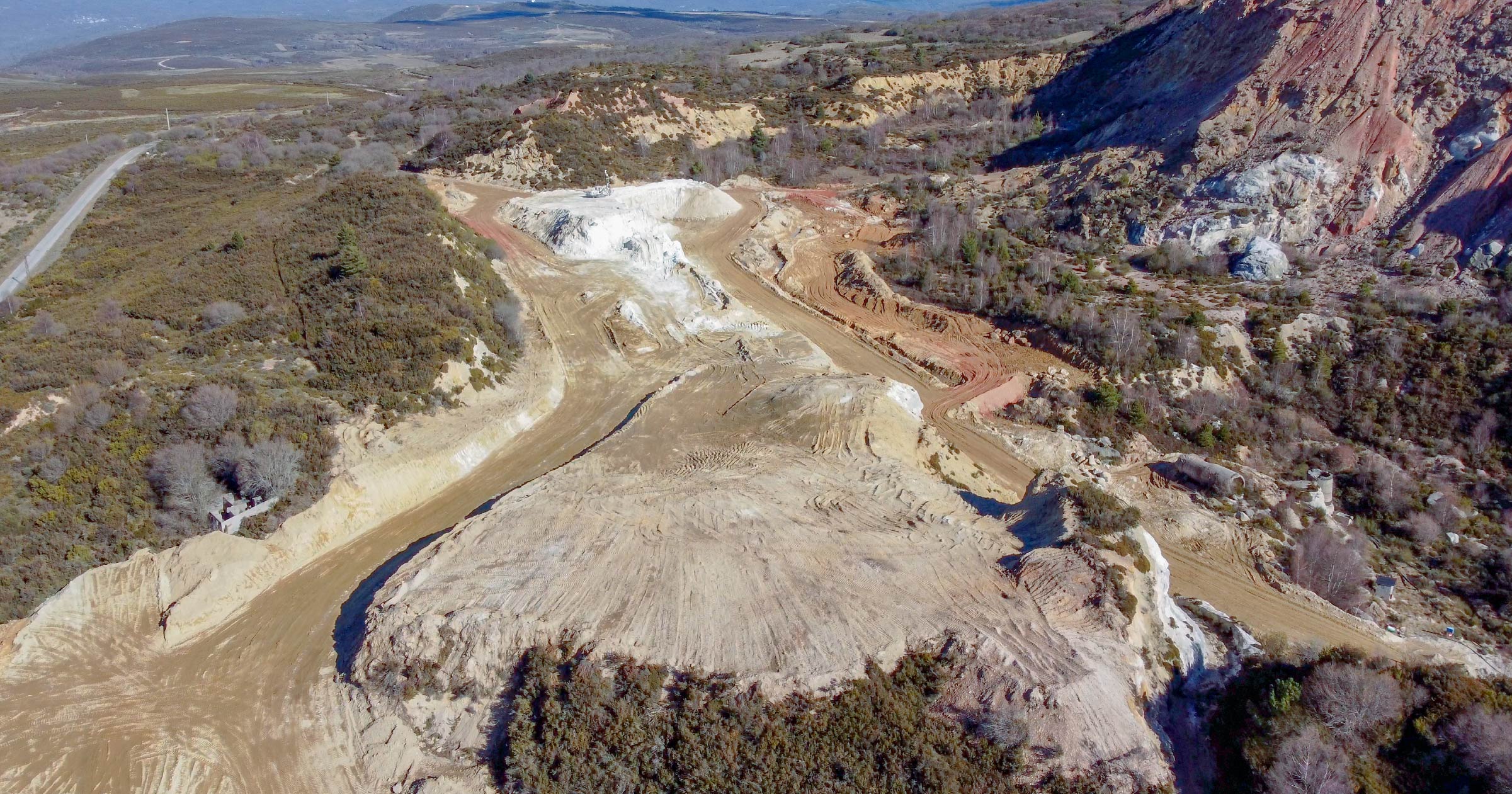
Projects
Strategic Minerals Spain has four projects in Galicia: Penouta Mine, Alberta II, Carlota and Macarena.
Penouta Mine
It covers 282 hectares. The mineral resources were exploited from the beginning of the 20th century until the 1980s, with research being reactivated in 2011 by Strategic Minerals Spain. It has certified resources of more than 76 million tonnes measured and indicated according to NI 43-101. The certification was carried out by SRK Consulting.

Alberta II
It covers 1,015 hectares. The “Alberta II” research licence is located in the province of Ourense (Galicia), within the Ribeiro region in western Ourense, in the municipality of Avión. In the first stage, 40% of the deposit was explored. 12 Mt of inferred resources, certified by RDA. Increasing potential to find subsurface veins containing lithium mineralisation according to the 2018 exploration campaign.
Carlota
It covers 2,670 hectares. The exploration will be carried out in later stages. The deposit consists of pegmatite bodies containing Tin (Sn), Tantalum (Ta), Niobium (Nb) and Lithium (Li), similar to Alberta II.
Macarena
It covers 1,830 hectares. Exploration work will be carried out in future stages with mineralised quartz veins and granite hosted with high Tin (Sn) and Wolfram (W) content.
What we do
Conflict-free
Strategic Minerals Europe defends human rights, as well as the exploitation of minerals in an ethical and responsible manner, sanctioning the extraction and purchase of these materials in conflict zones, as defined by the Organisation for Economic Co-operation and Development (OECD).
All its products come from the mining operations owned by the company in Spain, and are therefore from conflict-free zones. In addition, they have high added value, given the very low primary production of these minerals in Europe, reducing dependence on imports from third countries, including conflict zones, making them a valuable solution for new economies.
Strategic Minerals has a conflict minerals policy in line with the international recommendations of the OECD and Regulation (EU) 2017/821 of the European Parliament and of the Council of 17 May 2017 in this regard.
